Early on in my professional life as a photo critic I decided, on principle, to consent to any request by any photographer to make a portrait of me (or any other type of photographic image requiring my participation). I figured I’d learn something about photography from such collaborations, as I indeed I have. (For my account of one such session, “Rendering Unto (Irene) Caesar,” click here.)
As a result, 53 years’ worth of pictures of me by dozens of photographers float around out there — formal and informal portraits, staged images, clothed and nude (even, in a few cases, in flagrante). Enough, surely, to comprise an interesting “one-subject” exhibition, should anyone opt to gather a selection thereof. In some cases the photographers sent me prints, in which case I have those squirreled away somewhere. In others, I never saw the results, unless and until they got published or posted online. And in most instances I’ve forgotten the moment of their making unless they’re relatively recent, so encountering one usually comes as a surprise.
On October 10, 2021, Atlanta-based photographer Chip Simone posted this “double portrait” of me on his Facebook page:
To which he appended this caption:
“Back around ’74 or so Writer /photo critic A D Coleman used to come to Atlanta to hang around with members of the nacent [sic] photo community that we were starting. I made this double portrait of him during one such visit”
I’m pretty sure I have a small print, or a contact print, of this diptych somewhere that Simone sent me back in the day. I don’t recall sitting for him, though I dimly remember buying a homemade Batman hood and Robin mask in a secondhand store down there, hence the unusual costume. I have absolutely no idea what I’m holding on that crumpled sheet of newspaper in my lap.
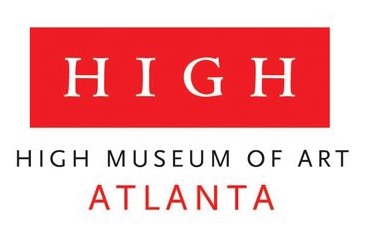 His caption isn’t exactly right. The city bubbled with creative energy at that time, but I didn’t fly back and forth to Atlanta to chill informally with the local photo crowd. In 1974 the newly-formed Atlanta photo cooperative Nexus Gallery, then housed in a storefront, brought me in to teach a workshop in critical writing. They also arranged for me to give a lecture at the High Museum of Art — which, delivered to a packed auditorium whose crowdedness astonished then-director Gudmund Vigtel, set him and that institution off on collecting photography, resulting over the decades in the great collection they have now.
His caption isn’t exactly right. The city bubbled with creative energy at that time, but I didn’t fly back and forth to Atlanta to chill informally with the local photo crowd. In 1974 the newly-formed Atlanta photo cooperative Nexus Gallery, then housed in a storefront, brought me in to teach a workshop in critical writing. They also arranged for me to give a lecture at the High Museum of Art — which, delivered to a packed auditorium whose crowdedness astonished then-director Gudmund Vigtel, set him and that institution off on collecting photography, resulting over the decades in the great collection they have now.
(Unlike many such bootstrap operations from the ’60s and ’70s that fell by the wayside, Nexus not only survived but thrived. It expanded to larger spaces, developed a small-press component, and became a cornerstone of the local arts scene. Its current incarnation goes by the name Atlanta Contemporary. For a local radio show about the project’s early days, click here.)
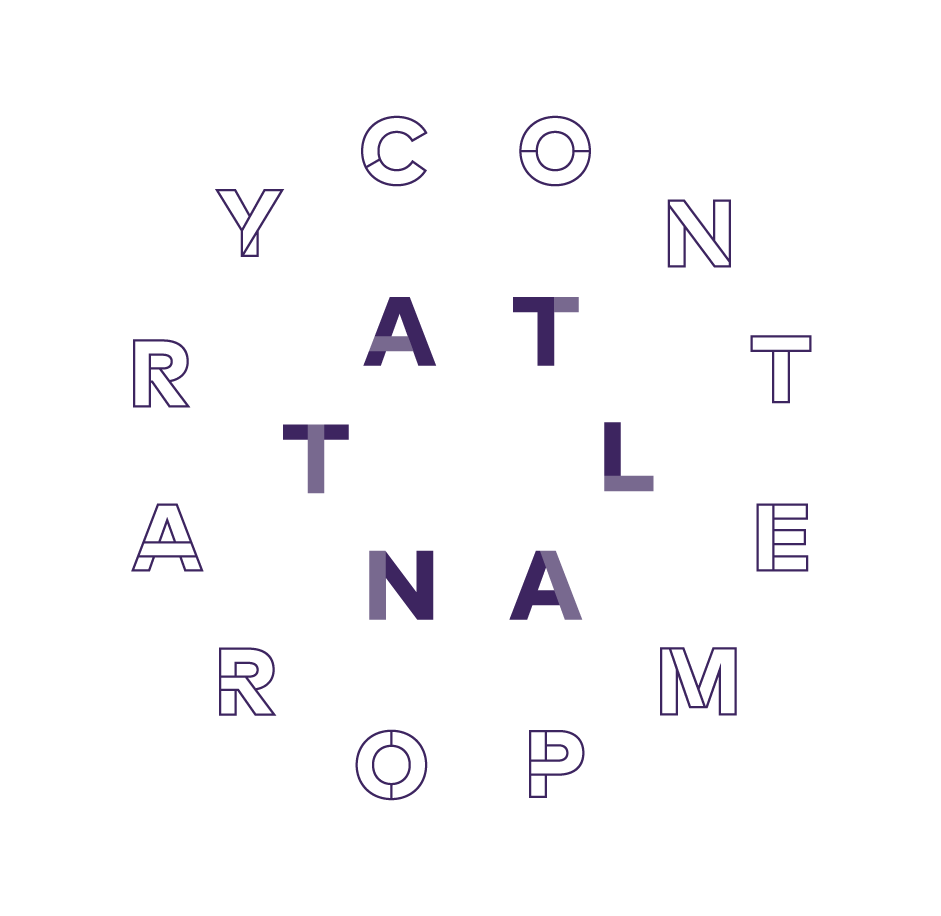 Around the same time they also sent out an open call for a curated group show that they eventually titled “The Southern Ethic.” They flew me down one or more additional times to take an advisory and editorial hand in that project and contribute an essay to it. (I think they meant “esthetic,” not “ethic,” but I didn’t learn the title until after they had finalized it, by which time it had gone past the point of correction. Fortunately, no one noticed.) It appeared in print as a special double issue of a regional literary journal (Southern Exposure 2:2–2:3, September 1975, pp. vi–viii).
Around the same time they also sent out an open call for a curated group show that they eventually titled “The Southern Ethic.” They flew me down one or more additional times to take an advisory and editorial hand in that project and contribute an essay to it. (I think they meant “esthetic,” not “ethic,” but I didn’t learn the title until after they had finalized it, by which time it had gone past the point of correction. Fortunately, no one noticed.) It appeared in print as a special double issue of a regional literary journal (Southern Exposure 2:2–2:3, September 1975, pp. vi–viii).
Anyhow, seeing this led me to check my files, only to discover that this essay numbered among the early writings that I hadn’t yet digitized. And here’s where I have to bless the internet. Google Books has digitized this little, long-forgotten publication, from which kludgy online version I managed to make not exactly sharp screenshots. Which I then dropped into the online OCR platform Brandfolder. And voilà! A little time capsule, in all its ragged glory, retrieved from oblivion.
•
“The Southern Ethic”: Introduction
As recently as a decade ago, a form of regionalism was still noticeable in creative photography. Its hallmarks were primarily stylistic: one or another master photographer would emerge from or settle somewhere in the country and, like a stone cast in a pond, would gradually send out rippling waves of disciples. Work from the west coast looked quite different from east coast imagery, largely because certain photographers’ approaches and formats had become linked with specific geographic areas.
This was at the tail end of the first stage of photography education, which was essentially an apprenticeship system based on imitation. Gradually evolving alongside this was a more elaborate structure for photography education, rising out of the rapidly increasing acceptance of photography as a full-fledged medium and a legitimate field of study in colleges, universities, and art institutes across the nation.
The results of this evolution have been many and diverse. Two of them are particularly pertinent to the work in this catalogue. First, the growth of a formal educational network in photography has encouraged the rapid dissemination of styles, techniques, and ideas. Apprenticing oneself to a particular master usually involves closing oneself off from the theories and practices of others, whereas studying a medium in a university context tends to confront one with the full range of that medium’s possibilities. Consequently, photography’s few purely regional styles are slowly but surely dissipating.
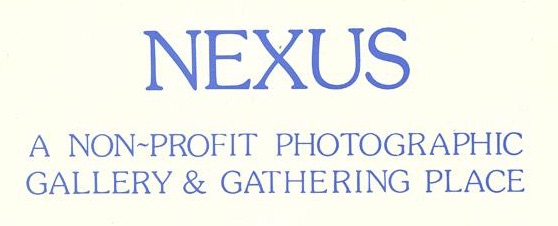 Secondly, the development of this network has contributed to the disappearance of the regional photographer as such. Less and less frequently do photographers remain to do their work where they were born and raised, or even where they learned their craft. They are more likely to attend one (or several) of the hundreds of schools offering photography programs in this country, and then to go on to teach at other such institutions elsewhere. Any labelling of them based on geographical location, therefore, must be recognized as temporary at best.
Secondly, the development of this network has contributed to the disappearance of the regional photographer as such. Less and less frequently do photographers remain to do their work where they were born and raised, or even where they learned their craft. They are more likely to attend one (or several) of the hundreds of schools offering photography programs in this country, and then to go on to teach at other such institutions elsewhere. Any labelling of them based on geographical location, therefore, must be recognized as temporary at best.
•
The forty-one image-makers represented in this volume are not all Southerners. Many of them haven’t even studied here, and most of them don’t know each other. In no sense do they represent a formal “Southern school” of photography, stylistically or conceptually. What they have in common is that they are all currently living and working throughout the Southern states — and, beyond that, they all felt enough of a connection with the South to contribute one or more images symbolizing their responses to this part of the country as a physical place and as a state of mind.
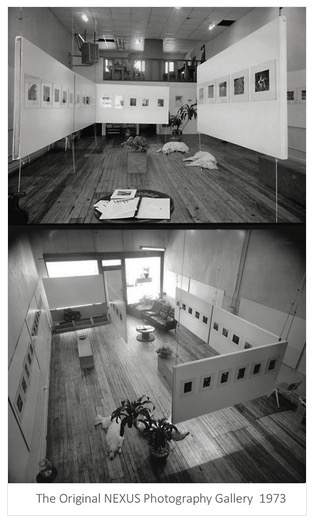 What is it that they have perceived and chosen to show us? On the whole, they have not concerned themselves with historic locales, public events, or (excepting Joe De Casseres’ loving portrait of Flannery O’Connor) famous faces. Their raw material is common: common people, common places. The challenge they have set themselves is ferreting out the significance of the ordinary.
What is it that they have perceived and chosen to show us? On the whole, they have not concerned themselves with historic locales, public events, or (excepting Joe De Casseres’ loving portrait of Flannery O’Connor) famous faces. Their raw material is common: common people, common places. The challenge they have set themselves is ferreting out the significance of the ordinary.
Look, just for example, at Mark Rosenberg’s photograph of two boys and a dog. Is it only a picture of two poor children and their pet? Or is it an image of three beings who — at least for a fraction of a second — appear to know much more about the world than we would normally expect?
They are, at any rate, no more or less “typical” than the blank-faced construction worker in another of Rosenberg’s photographs, or the very different women in Grier Thornberg’s sympathetic portraits, or the partying adolescents in Bill Yates’ harsh, flash-lit images, or the two satisfied ladies Marcelina Martin shows us, as plump and contented as the bird they hold.
In fact, one thing which these otherwise dissimilar images share is a general avoidance of stereotypes and cliches about the South. These photographers have brought their individual sensibilities to bear on the environment they inhabit, and their responses vary enormously. Even the natural landscape undergoes considerable transformation in their hands. The variations range from the dense, encroaching vegetation in John McWilliams’ imagery to the delicate traceries of a leaf’s shadow in Carter Tomassi’s, from Jim Frazer’s explosive tree through Bill Brown’s mysterious turf-covered hillock to the soft luminous darkness of Dierdre Murphy’s forest.
Some of these photographers — Michael Reagan, Wilton David, Raiford Ragsdale, David Kaminsky, and Jim Frazer — manipulate the negative or alter the print with hand-applied color to violate the image’s “facticity” and reflect their inner realities more accurately. Yet, even though most of the images in this collection are unmanipulated black & white prints, the kind we usually think of as “documentary,” they too demand to be considered as interpretations rather than as records. What they seek to convey is not data but feeling, personalized perception.
Sometimes this manifests itself as a concern with the nuances of human gesture and interaction, as in the images of Gregory and Virginia Young Day, or in Michael Blumensaadt’s gentle observation of a young boy. Elsewhere it occurs as a form of heightened attention to a particular object or space: Richard Sexton’s New Orleans hotel room with its bare bulb, Peter Foe’s marble table with its precisely positioned bouquet, Walter Beckham’s dream-like “Conti St. Grill.” in the work of others, it can be seen as an event specifically generated by the camera’s intervention, an epiphany whereby our distinctions between the real and the imaginary are revealed in all their arbitrariness. Consider the fluid diver who leaps into Bill Fibben’s static landscape; the dog plunging through Gail Lineback’s billboard; John McWilliams’s ghostly nude man on the dock, veiled in miraculous water; the almost indiscernible face behind the grimy windshield in Roy Money’s image of a car; and the young woman on the verge of baring her breasts to Barry Anderson.
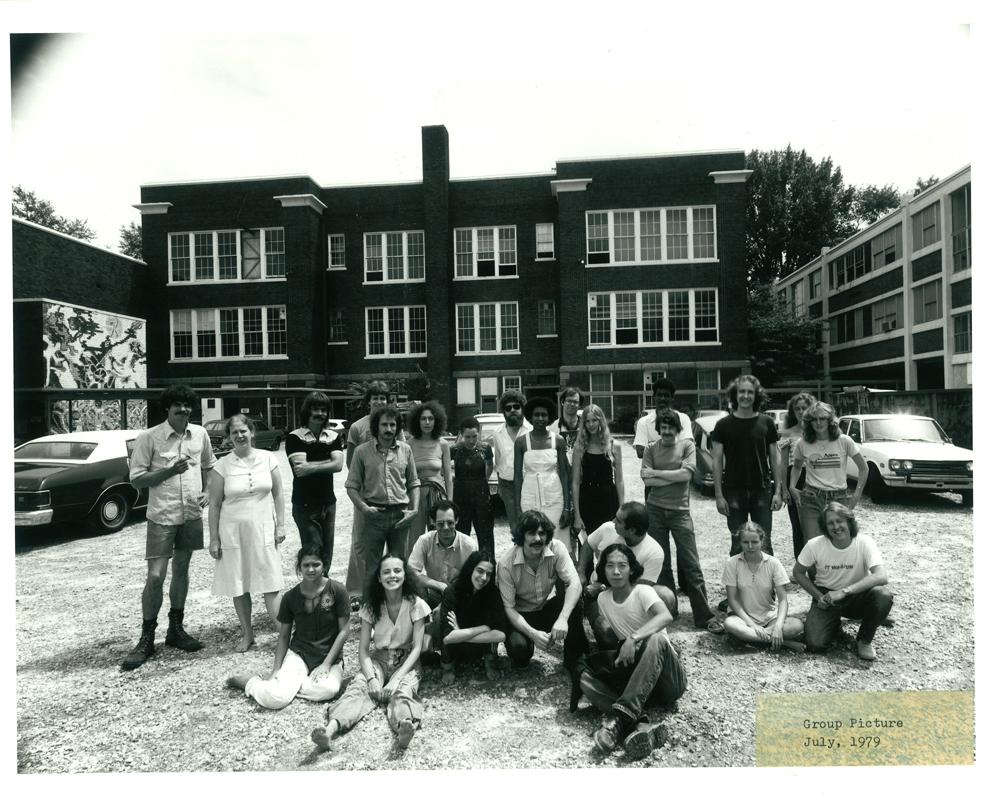
Group photo of Nexus members and volunteers with Forrest Ave Consortium members, including John McWilliams, Michael Goodman and Michael Reagan, among others, 1979. Photographer unknown. Nexus location: 608 Ralph McGill Blvd
•
The South has already produced several photographers — Clarence John Laughlin and Ralph Eugene Meatyard among them — who have over the span of a lifetime, produced major bodies of work which in one way or another visibly project something of what the editors of this book have termed “the Southern Ethic.” Regionalism, in the traditional sense of the word, may be a thing of the past, but geography, culture and history are and will continue to be shaping forces, affecting the photographer as they affect all artists.
It may be more difficult to pinpoint the South’s impact on the work of the photographers presented here, for numerous reasons. This is the first cross-section of contemporary Southern photography ever attempted, so we have no guidelines to go by; many of the contributors are young, and thus unfamiliar to us all; and they are represented by only a few prints each, hardly enough to define their individual ways of seeing. The editing and sequencing provide coherence and continuity, but intentionally do not emphasize any specific point of view. So what we have here is a series of glimpses through forty-one pairs of eyes.
Take them for what they are: images of the South by people who live there. Some of these photographers are in transition, but then so is the South itself. Some of them will leave, and their work will be molded by other places. But some of them will stay, to put down roots here, to nourish, and be nourished by, whatever the South becomes. Which ones those are I cannot say, but as this book indicates they all will bear watching. With luck and perseverance, a few of them may make definitive statements — or, even better, pose illuminating questions. At this stage of their visual investigation, it is premature to expect conclusions. But this book strikes me as a fine starting point.
A. D. Coleman
Atlanta, August 1975
•
This post supported in part by a donation from Charles Allen Haynes.
•
 Special offer: If you want me to either continue pursuing a particular subject or give you a break and (for one post) write on a topic — my choice — other than the current main story, make a donation of $50 via the PayPal widget below, indicating your preference in a note accompanying your donation. I’ll credit you as that new post’s sponsor, and link to a website of your choosing.
Special offer: If you want me to either continue pursuing a particular subject or give you a break and (for one post) write on a topic — my choice — other than the current main story, make a donation of $50 via the PayPal widget below, indicating your preference in a note accompanying your donation. I’ll credit you as that new post’s sponsor, and link to a website of your choosing.
And, as a bonus, I’ll send you a signed copy of my new book, poetic license / poetic justice — published under my full name, Allan Douglass Coleman, which I use for my creative writing.



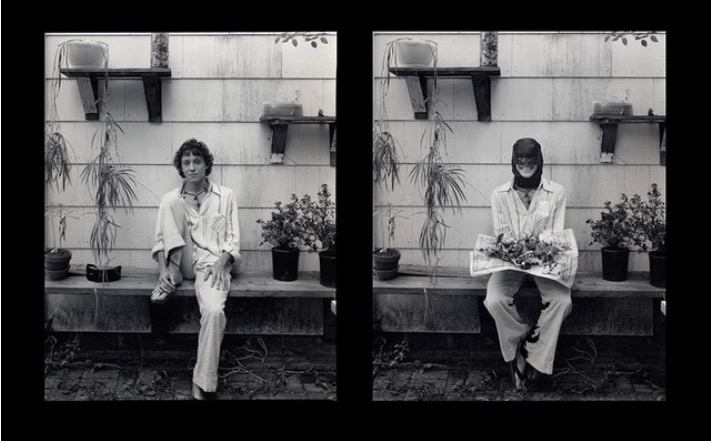

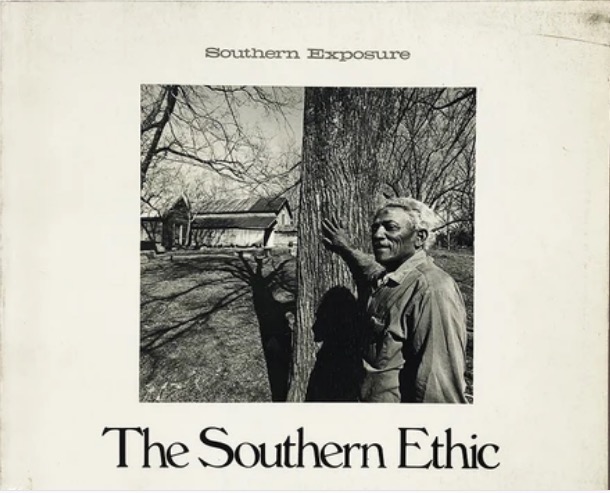
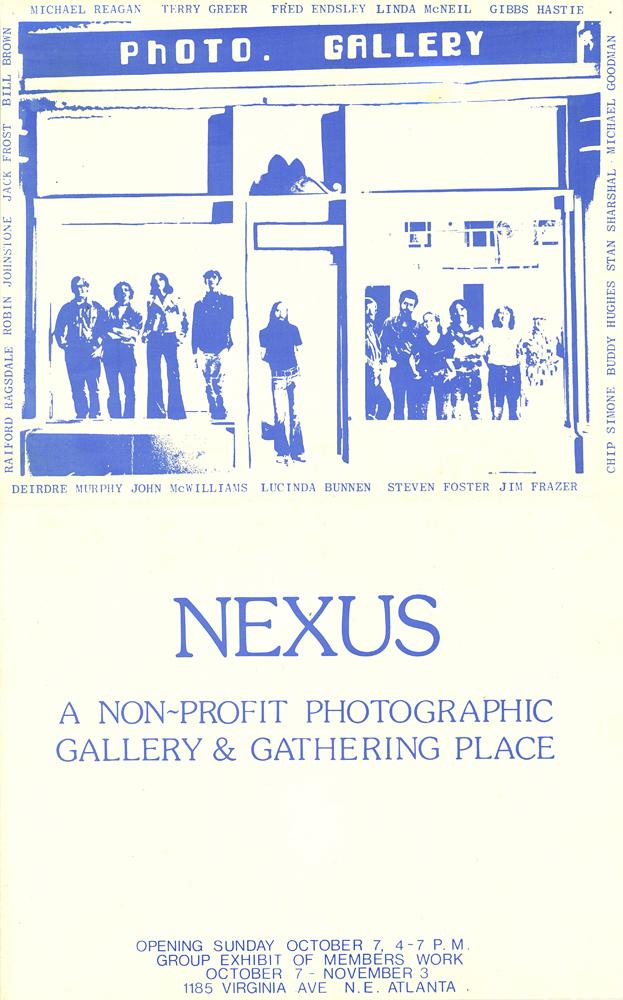




Leave a Comment